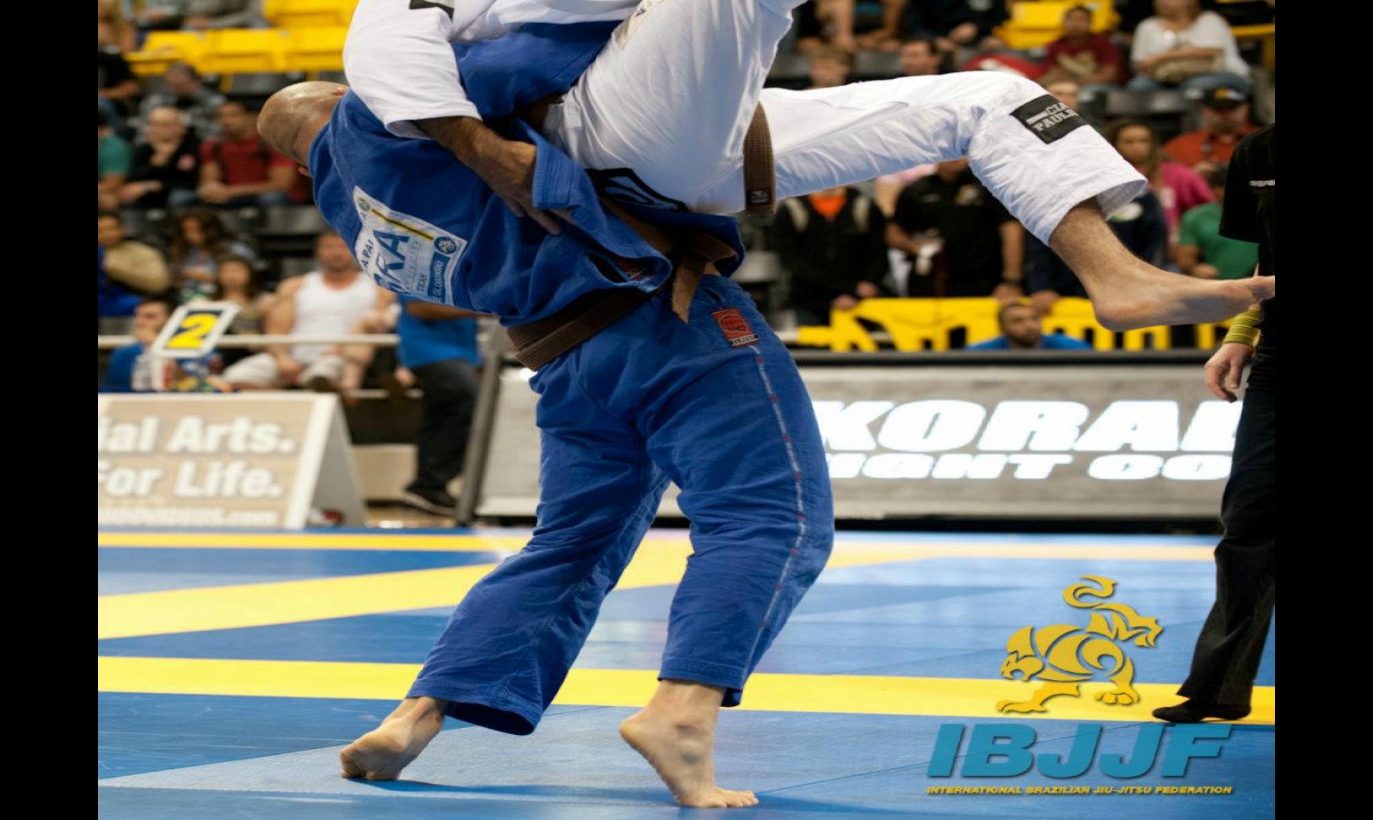Brazilian Jiu-Jitsu came from pre-world war 2 Judo. With the way the rules are set for each respective art, Judo is more specialized in throwing, while BJJ is more specialized in ground fighting.
In terms of throws and takedowns, BJJ rules allow much more grips and leg attacks than the current Judo rules. BJJ takedowns come from Judo, Wrestling and Sambo. The stance is lower than in Judo. It is a hybrid stance between Wrestling (very low shooting stance) and Judo (up right stance). Double leg takedowns are popular in BJJ but prohibited in the current judo rules.
In this article from Grapplearts, you can see the main differences are due to rules:
The major differences between Judo and BJJ standing work include:
– Judo’s primary way of winning is to throw the opponent flat on their back – winning by ippon. The same technique in BJJ is a score of 2 points and doesn’t end the match.
– Gripping rules / leg attacks – judo has many strict rules against defensive and stalling grips and leg attacks are forbidden. In BJJ nearly any grip – except for fingers inside the sleeves are permitted.
– Match restarts – in Judo if a competitor is not successful with a total commitment throw, they frequently stall in the turtle position and the referee will restart the match in standing position unless their opponent mounts an effective attack that results in progress on the ground.
– Allowed ground time – in an attempt to keep the action as high as possible, judo referees give little time on the ground before restarting the match. Judo newaza has less time for strategy on the ground than BJJ competition.
– Osaekomi scores. In Judo you accrue points the longer you pin someone on the ground. In fact, if you hold someone in a recognised pin for 20 seconds, then you score an Ippon and win the match outright. In BJJ, holding an opponent in side control is not a method to earn points – unless preceded by a guard pass.
Here is a good example of very varied BJJ Throws and takedowns:

















